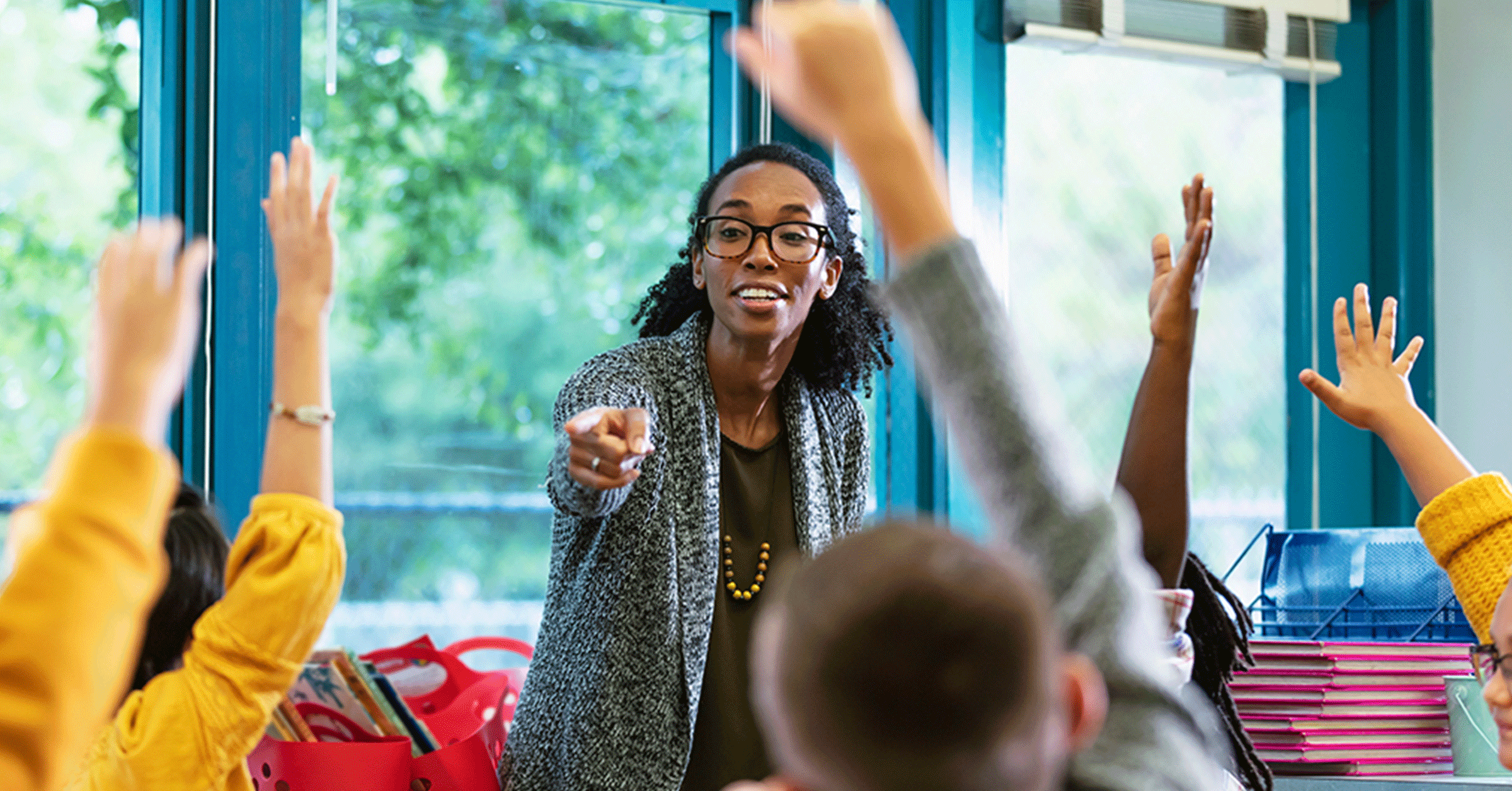Second Step® Insights
The Science of Curriculum Design: Q&A with Stefani Kauppila
June 18, 2025 | By: The Second Step® Team

It’s well-documented that students who are taught human skills in school do better academically and socially, in and out of the classroom and into adulthood.
Most educators and families agree learning these vital life skills isn’t optional—it’s a necessity.
But teaching human skills like empathy, self-awareness, social awareness, and responsible decision-making isn’t the same as teaching math or reading. How do human skill-building programs ensure that students are engaged and learning these important life skills?
We sat down with Stefani Kauppila, director of product management at Committee for Children, to explore the science behind curriculum design for human skills instruction. Covering research, tech, and student engagement, Stefani shares the answers and insights educators, administrators, and families want to know.
What does “research-backed” or “science-based” mean in life skills curriculum, and why are those words important?
“Research-backed” and “science-based” aren’t buzz words. They’re mandatory qualifiers for any credible instruction program. Whether it’s math lessons, language arts, or life skills, a curriculum needs to be designed using researched teaching methods. It’s not enough to read a study about the importance of belonging and expect the results to translate. Curriculum developers strategically design a program to teach actionable, efficacious strategies that create intentional outcomes for positive change.
For the non-educator, non-scientist reading this, what does “efficacy” mean when it comes to human skills instruction?
“Efficacy” means that we can see and measure the successful outcome of practiced behaviors. We know they work.
Instructional methods are designed from rigorous research, testing, and experience in real classrooms. Formal assessments, like a math test, show if students learned multiplication. A teacher can read an essay and see if a student understood their assigned reading.
With human skills curriculum, you also need a process to measure outcomes and a program’s efficacy. School leaders want to validate, “Is this program benefitting students and our school?”
The process includes student and educator assessments tied to broader district initiatives, surveys, and feedback. Analysis can spotlight patterns in academic achievement, attendance, school climate, bullying, and many other emotional and social facets of learning.
Is lesson engagement a good measure of success?
That’s an interesting question. I’d have to answer yes, and no. A curriculum developer has to understand their student audience and know how to engage them. So, when the whole class is participating in a lively activity, that’s a win.
But administrators are also expecting results beyond an energized, engaged classroom. The goal of an effective skill-building program is to deliver actionable methods and positive outcomes. Students should gain tools and skills that improve the way they communicate, collaborate, manage their emotions, and solve problems. Fun without measurable impact and improvement is a curriculum fail.
What drives program innovation?
As Maya Angelou said, “Do the best you can until you know better. Then, when you know better, do better,” and curriculum should reflect that. Curriculum innovation is guided by research, advances in tech, and the evolving way children learn and navigate their world.
Think of it this way: Most of our physical schools were built 50 years ago. Today’s students are learning in ways no one was thinking about back then.
Now schools are reconfiguring classroom design and learning centers for today’s instructional methods. Curriculum innovation works like that too. Technology has changed how we deliver lessons. Science about the human brain continues to inform how we learn. And research puts methods to the test. All those pieces guide innovations.
What’s more influential: new research or student and teacher feedback?
They are all important. New research about education, human development, and psychology is vital to innovation. We also have data points coming in directly from students and teachers through surveys, feedback, and assessments. We’re looking for patterns, listening to educators and students, analyzing research, and evaluating how kids are learning today.
For example, in our middle school curriculum, we saw there was high lesson engagement and learning with our videos of real students talking about their ideas and feelings, compared to typical lesson delivery from a teacher. So, our middle school curriculum now includes more videos.
Why is Second Step® High School designed differently than Second Step® Elementary and Second Step® Middle School?
Second Step High School is an excellent example of curriculum innovation. We know from science that high school students’ brains and ways of learning are different from elementary and middle school kids. Their sense of self is rapidly developing, and they’re more influenced by their peers and the school environment.
The curriculum had to be interactive and flexible to implement in any high school teaching environment. Student data shows that exploring real-life scenarios and sharing diverse perspectives result in greater student engagement. Our data also showed that teachers want more group activities.
I’m proud Second Step High School is at the forefront of dynamic curriculum designed just for teenagers.
What are some facts about human skills instruction you wish more people knew?
- Human skills can be learned and developed. Skills like empathy, active listening, and collaboration improve with feedback and experience. Everyone can strengthen aspects of their human skills.
- Strengthening human skills is not a one-time event. Like physical exercise, it requires consistent effort and intentional focus.
- Emotional intelligence (EI) is a critical facet of human skills, and multiple studies show it is a strong predictor of academic and career success. Developing EI in the areas of self-awareness, empathy, and social regulation improves collaboration and relationships.
Learn more about Second Step® K–12 digital programs.
Explore research about the benefits of strengthening human skills.
See what teachers are saying about Second Step programs in their classrooms.